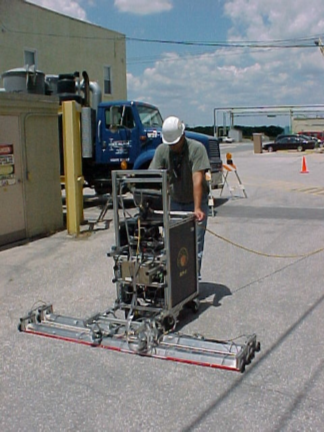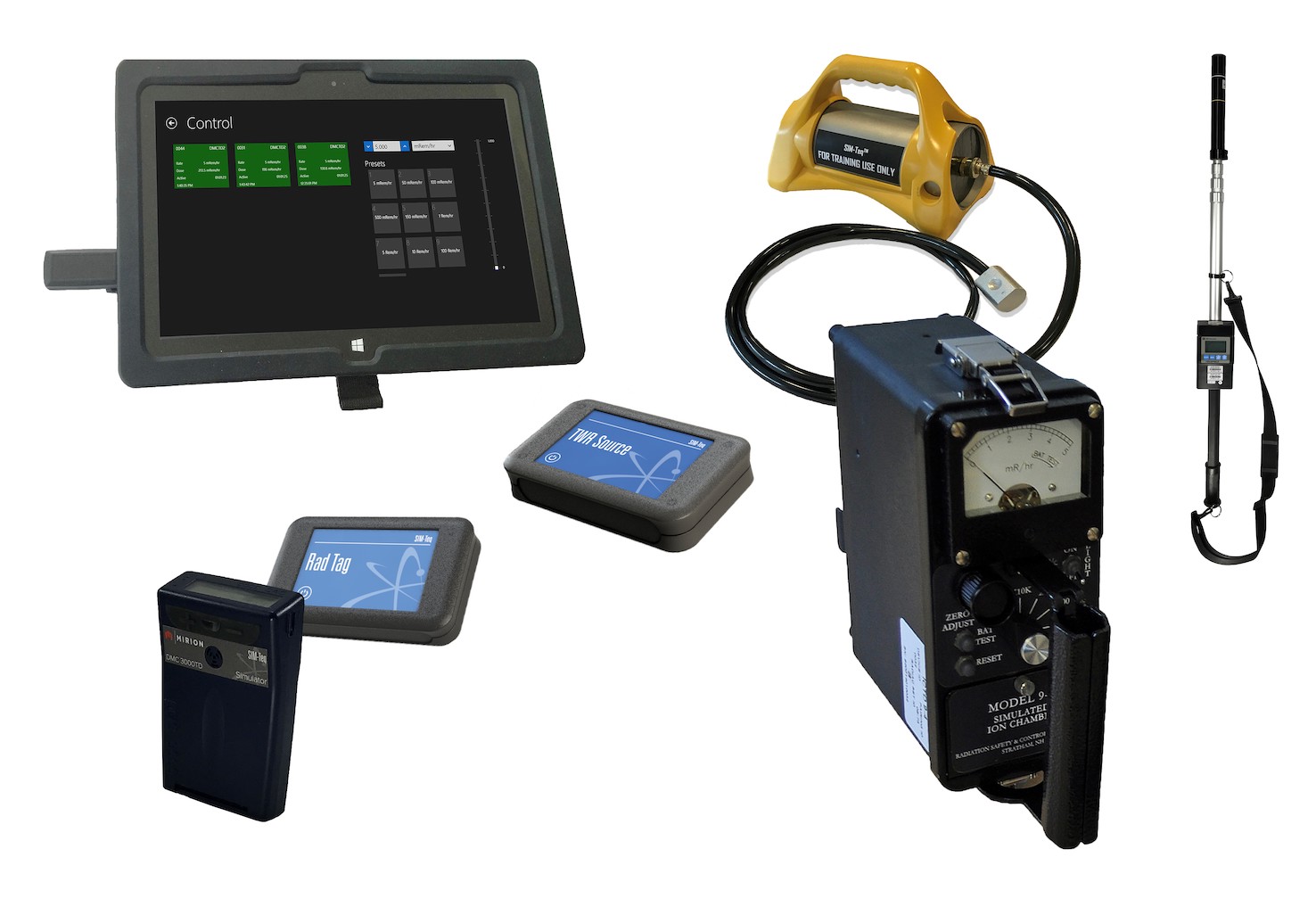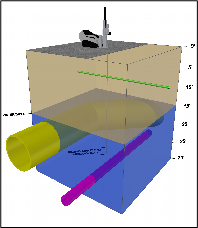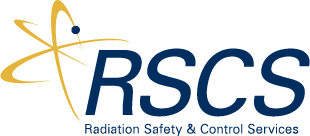RSCS Surface Contamination Monitor (SCM)

Surface Contamination Monitor (SCM)
F. P. Straccia and M. J. Rollins, Radiation Safety & Control Services, Inc.
IAEA International Conference on Radiation Safety: Improving Radiation Protection in Practice, Vienna, Austria, November 9-13, 2020.
Abstract
Alpha and beta surface contamination surveys can be performed quickly and accurately with the one-of-a-kind RSCS Surface Contamination Monitor (SCM). The SCM system employs a Position Sensitive Proportional Counter based system that automatically acquires survey data and pinpoints the specific location of any radioactivity present. The large detectors can be up to 2 meters wide, allowing large surfaces to be survey up to 100 times faster than traditional survey scanning techniques for 100% coverage. The unique capability of identifying precisely on the anode where a detection occurred create an efficient, yet a pinpointing accuracy found in no other system. The system data processing software rapidly analyzes the survey data and generates easy to interpret digital visual images, and detailed, objective survey reports. The system can be operated manually with a technician or autonomously using robotics and LiDAR positioning controls.
When performing surface contamination surveys, data are collected for each 5 cm of linear detector travel as determined by a precision wheel encoder. The survey data is then recorded for each 5 cm x 5 cm (25 cm2) area over the entire surface. Each 25-cm2 area is then combined as 1/4th of four separate 100 cm2 areas. This technique ensures that the highest 100-cm2 area is identified because it is not sensitive to mispositioning of the detector as may occur using more traditional systems that employ multiple non-overlapping detectors. Because the data is recorded for every 25 cm2, the system records 400 measurements for every square meter it traverses.
The system automatically generates survey reports that typically include the following; however, reporting can be customized to meet site specific requirements:
- a summary of survey parameters,
- a cumulative frequency distribution plot (CFD) of the survey data
- a 2-D color image of survey area results to clearly indicate the location of any residual activity,
- a statistical summary of the survey data (mean, maximum, minimum, & standard deviation),
- an exception report with a 2-D display of areas over action levels (both 100 cm2 and 1 m2).
To meet the challenges of surveying for low level alpha contamination, the SCM can be operated in the recount mode. The recount mode provides a second detector hard mounted at a fixed distance behind the primary detector. Data from both detectors is recorded by the SCM in a single pass, effectively performing two surveys concurrently. The processing software then compares the results of the two detectors for each 100 cm2 area by applying “coincidence” logic to identify true events and eliminate false positives caused by background.
This presentation will describe the operation of the system, provide images of the system in operation, and, examples of the system outputs and the results of extensive sensitivity testing. We will also discuss future applications of this system where signal positioning is applied.
Download PresentationUse of RSCS SIM-Teq Instrument Simulators For Radiation Safety Training

Use of RSCS SIM-Teq Instrument Simulators For Radiation Safety Training
F. P. Straccia, M. J. Rollins
Radiation Safety & Control Services (RSCS), Inc.
Abstract
The use of radiation instrument simulators provides an effective method for conducting realistic hands-on training in the use of portable instruments and electronic dosimeters. Practical training scenarios can be used without any restrictions such as those required when using actual radioactive material.
SIM-Teq is a portable wireless training network of simulated electronic dosimeters and survey meters, designed to measure simulated radiation and contamination sources. The network-based system allows the instructor to combine simulated instrument auto-response with manual, remote control capability. The SIM-Teq system enables trainers to create a training environment which includes high fidelity simulated instruments and “live” detectable sources to instill the experience, self-assurance and real understanding they want trainees to achieve – safely. The instructor is free to teach, observe and assess the trainee, with the ability to remotely manage, view or control any SIM-Teq device at any time.
The technology responsible for this realistic training includes ultra-wideband (UWB) radio technology for simulated radiation sources and a combination of RFID and chemical spray for contamination sources. Multiple simulated radiation and contamination sources can be pre-staged in a training environment, allowing students to enter the area and measure radiation and contamination levels, while simulated electronic dosimeters accumulate dose associated with their distance to and time near the radiation sources. The simulated instruments use original equipment manufacturer (OEM) components for a high-fidelity response, including meter displays, control pushbuttons and dials, audible and visual alarms, and telemetry system operation for training in high dose rate situations. The system can support up to 10 simulated sources and 16 instruments (meters) simultaneously in the same training environment and can operate through most standard construction barriers (i.e. walls).
SIM-Teq systems are currently in use at over 20 nuclear facilities in the United States and Canada. Response is positive from students new to the field of radiation safety, allowing SIM-Teq to be part of the process of bringing in a new generation of Health Physics Technicians. It has also received positive response from both seasoned technicians and First Responders, as it allows them the opportunity to participate in interesting, thought-provoking and realistic training. One site has found the SIM-Teq system so effective that it now uses it as part of their ALARA reviews for high dose job planning.
Download PresentationUsing 3D Site Modelling throughout the Decommissioning Lifecycle

Using 3D Site Modelling throughout the Decommissioning Lifecycle
Eric Darois, CHP & James Tarzia, CHP
Nuclear Decommissioning & Used Fuel Strategy Summit, Charlotte NC, Sept 30 – Oct 1, 2019
Download Presentation